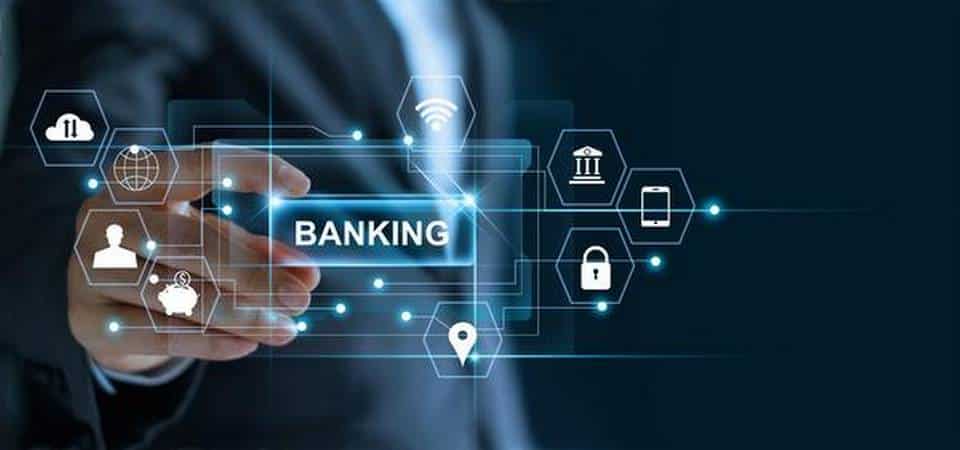Congratulations, you’re a grown-up!
That means that your money is doing more than just sitting in a savings account. You’ve got an IRA and you’re investing in real estate. Heck, you might even have some stocks or bonds.
As a savvy and forward-thinking person, you are already aware that interest rates are the price of borrowing money. These rates affect everything from auto loans to mortgages. When there are increased interest rates, lenders make more money on each loan.
But what does all this mean for your wealth?
We’re going to dig into this question to see how recent increases in interest rates might affect your current and future expenses. Keep reading to get the scoop.
The Federal Reserve Bank and the Overall Economy
The Federal Reserve Bank is a private bank that works independently of the federal government. It’s responsible for setting interest rates and regulating the banking system. When there are economic problems, they can lower or raise interest rates to help stimulate growth in the economy.
In May 2022, federal interest rates rose by half a percentage to 0.75% – 1%. This may increase to around 3% by the end of this year if we stay on track with our current economic situation and the inflation rate continues to rise as predicted. So you should continue to keep up to date on how this latest federal reserve hike are impacting business loans and mortgages.
Your Existing Loans
It is important to know how the new interest rates will affect your monthly payments if you already have a loan. If you have a fixed-rate mortgage, for example, there won’t be much of an impact on your debt since it does not change based on market conditions. However, if you have a variable-rate mortgage or student loans, higher interest rates could mean that your payment amount will increase and become more difficult to handle.
To avoid any surprises in the future, consider refinancing at a lower rate now while they’re still available. This can help reduce the cost of borrowing and improve overall savings. Plus, if there are other options available, like shorter terms or even no prepayment penalties, refinancing may be well worth it!
Credit Card Debt
If you have credit card debt, your interest rate is likely to increase because of the Federal Reserve’s rate hike. This is because credit cards are based on the prime rate, which moves in tandem with the federal funds rate.
If you have outstanding balances on multiple credit cards with different rates, consider merging them into one debt with a fixed interest rate that better matches what you pay now. That way, your payments will remain stable whenever your current card adjusts its rates.
The Housing Market
The housing market is one of the biggest economic drivers, so it’s no surprise that any changes to this sector would impact your wealth.
When interest rates increase, it becomes more affordable for you to buy a new home. On the flip side, renting may become more expensive as landlords pass along their rising expenses by raising rents (or evicting tenants).
Increased Interest Rates and the Stock Market
When the Federal Reserve Bank raises interest rates, it can have a positive impact on bank stocks. In fact, when the Fed raised interest rates in December 2018, bank stocks performed very well. Reason: When the Fed raises interest rates, savings accounts can earn more money and people are likely to use banks more often.
The stock market as a whole does not react favourably to rising hikes from the Federal Reserve Bank though. Instead, it goes down because of inflation eroding away at investors’ returns.
There’s no guarantee how your investment portfolio will move if interest rates go up. However, it is good practice that you regularly rebalance your portfolio so that any potential losses remain minimal.
Bonds and Other Fixed Investments
When you invest in bonds, you are lending money to the issuer of the bond. The issuer pays a fixed rate of interest on this loan (known as “coupon payments”), which is paid at regular intervals (usually monthly). Most bond issuers are corporations and governments, although they can also be other entities, such as mutual funds.
When interest rates rise, the price of bonds decreases to attract investors. Issuers might even be forced to reduce the interest rate they pay out in order to attract investors.
Personal Spending
It’s not uncommon for people to panic when they hear the word “interest rate hike.” But it’s important to remember that interest rates affect all sectors of the economy. While they might have a negative impact in some areas, there are others where higher rates can be beneficial.
Some people may choose to spend less when interest rates are high, but this could also be a good time to invest in certain areas. For example, if you’re thinking of buying a home, a higher interest rate may mean that you’ll have to pay less each month for your mortgage. It will also likely mean that the value of your home, along with other investments you make during this time, could appreciate at a faster-than-average rate.
Wealth management during this period of inflation can be difficult, but if done correctly, it can lead to financial stability.
Protect Your Wealth in Any Economy
As you can see, increased interest rates have a lot of implications for consumers. But don’t worry—by paying attention to these trends and making smart decisions about where to invest your money, you can still work to grow your wealth.
With careful planning and a clear idea about your spending habits, you can take control of your money situation. Check out our other blogs to learn more about how to protect your assets during periods of economic instability.









